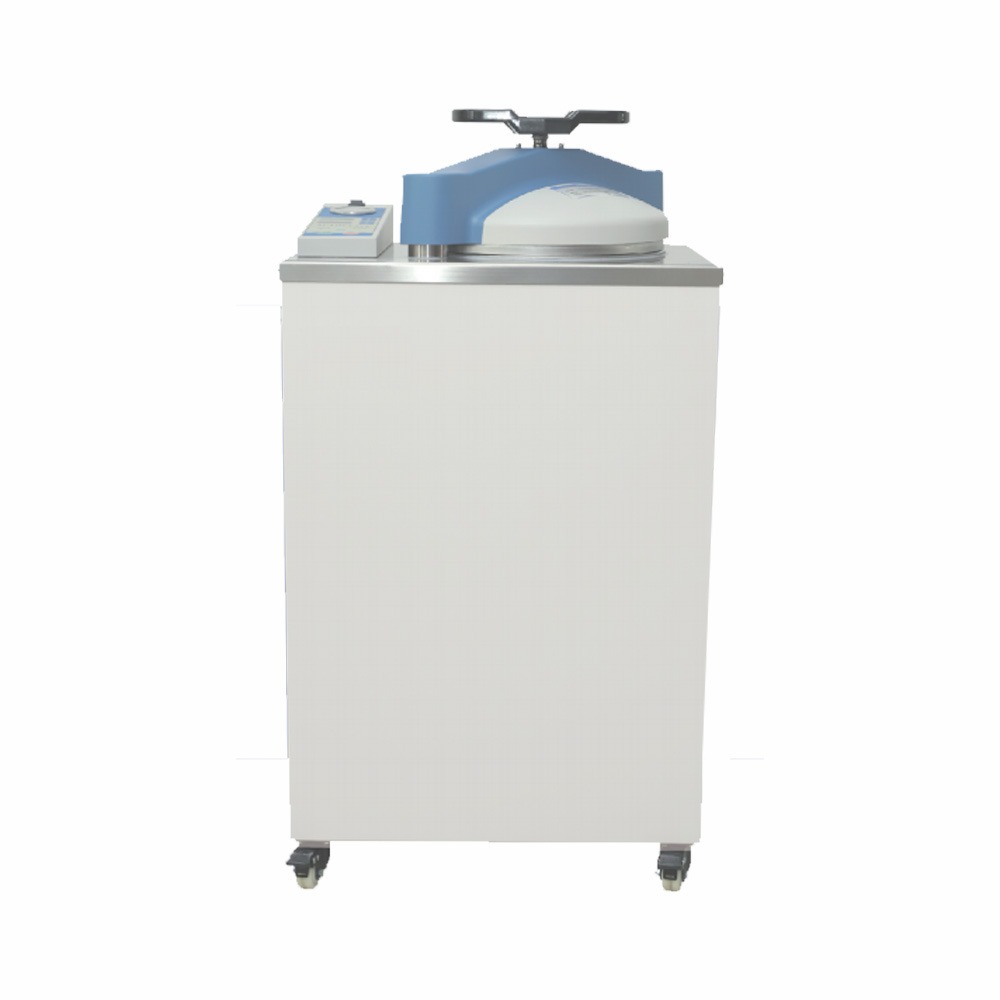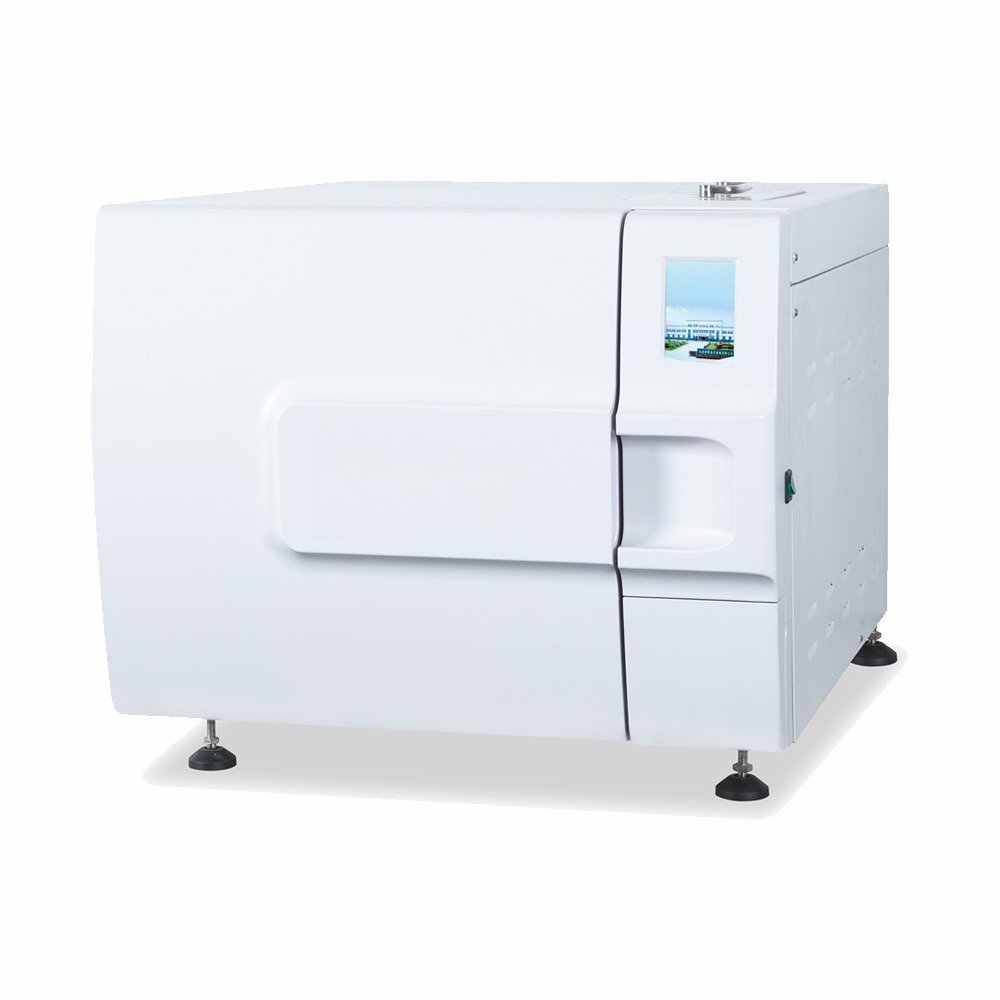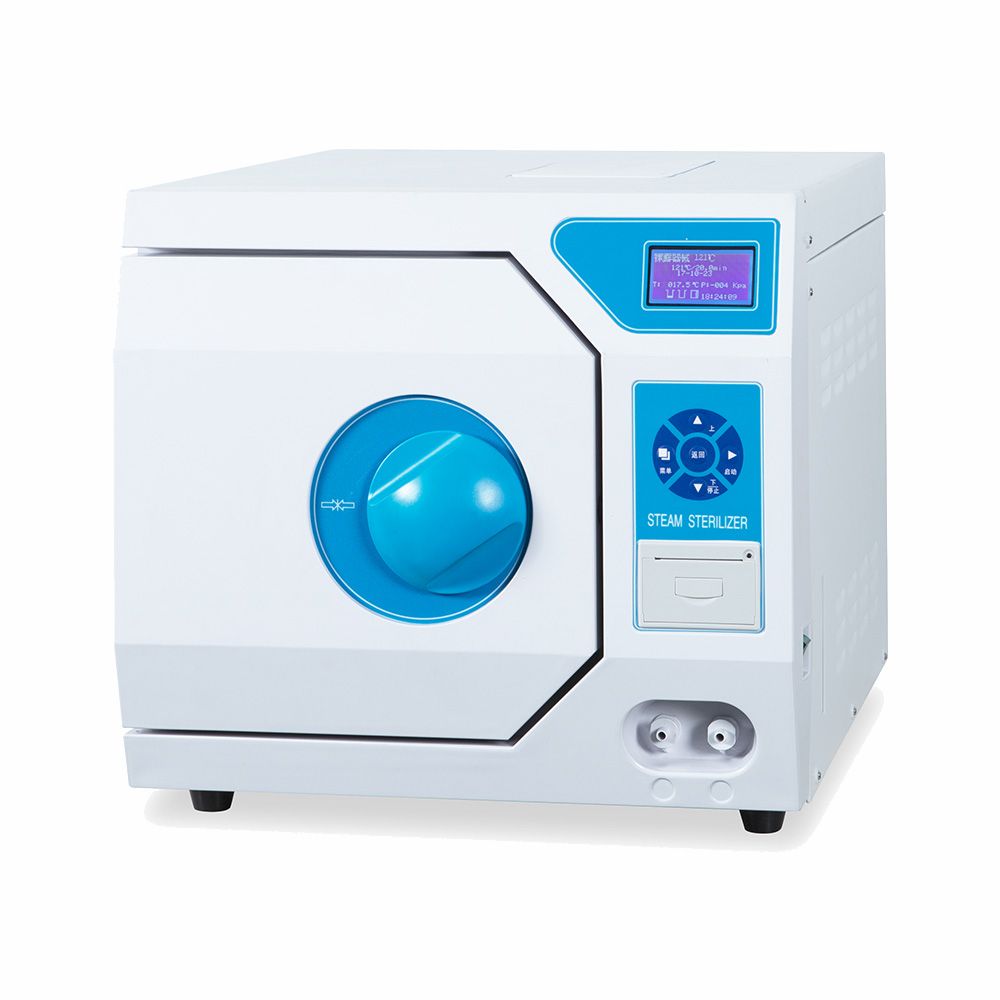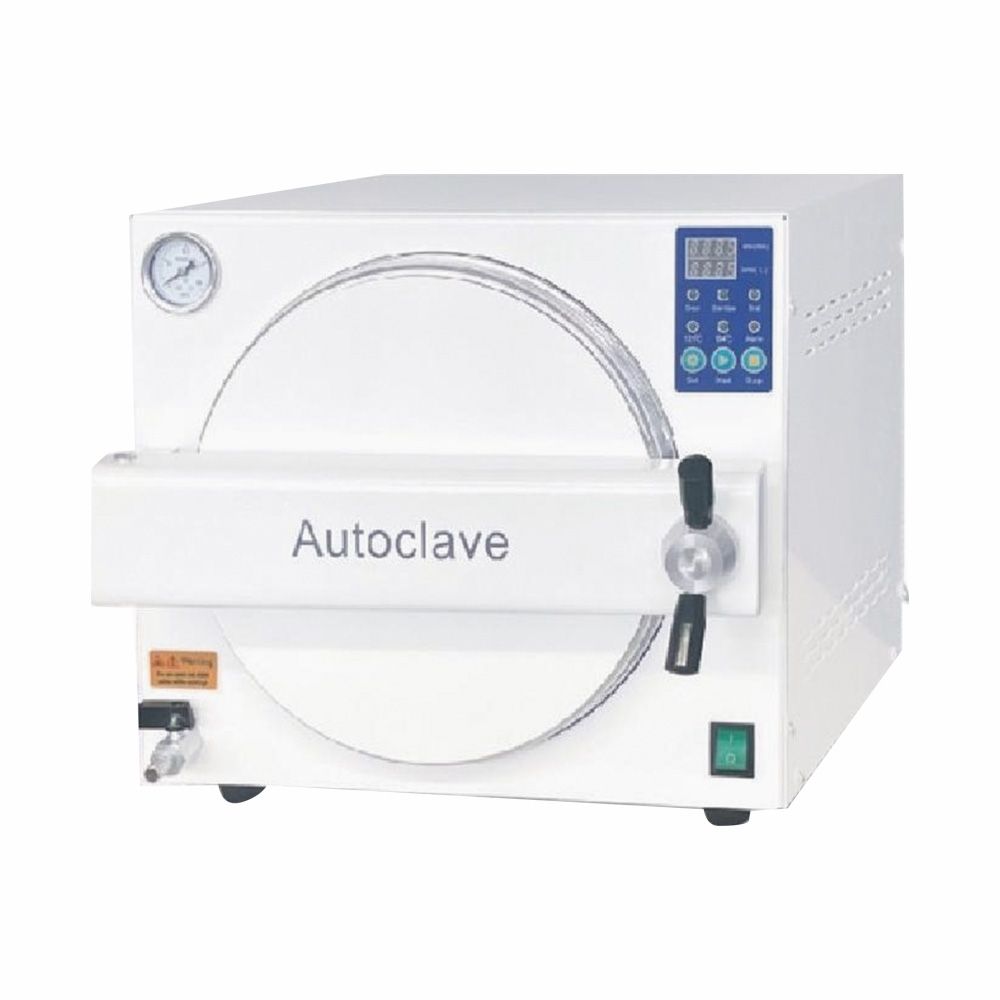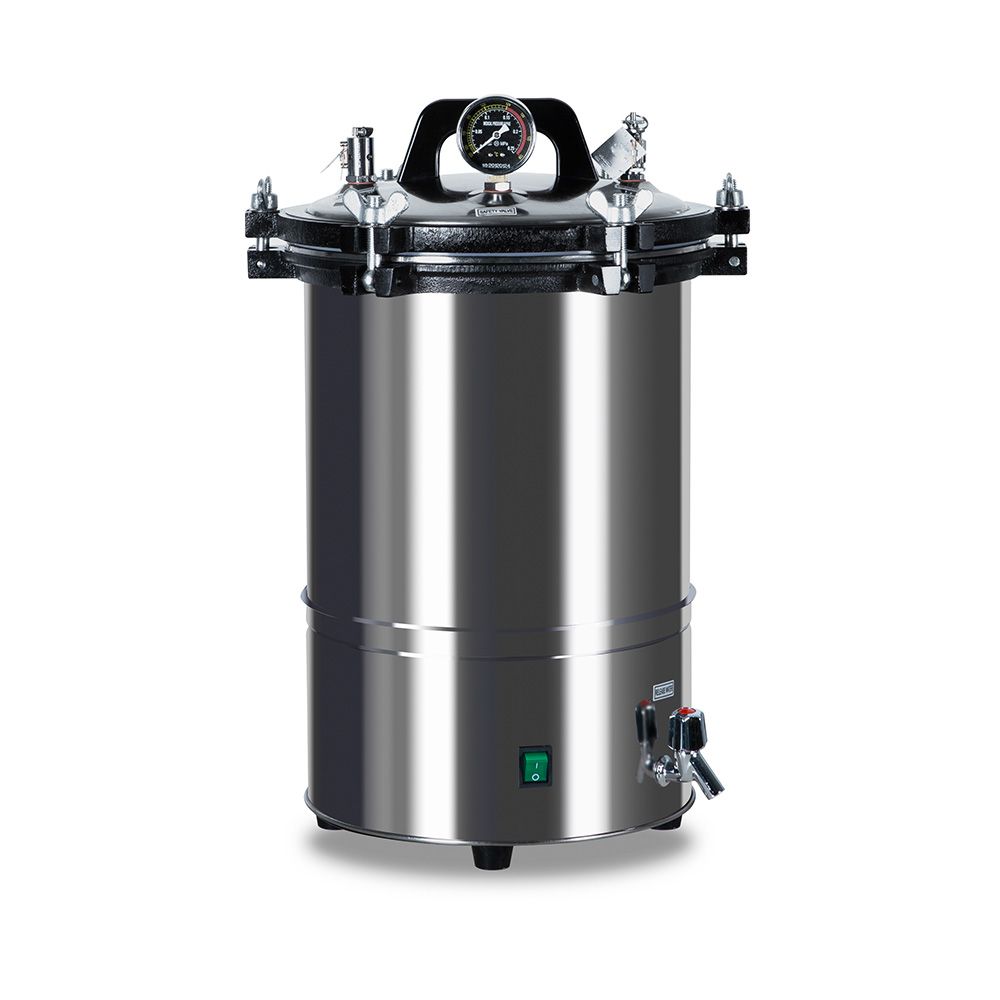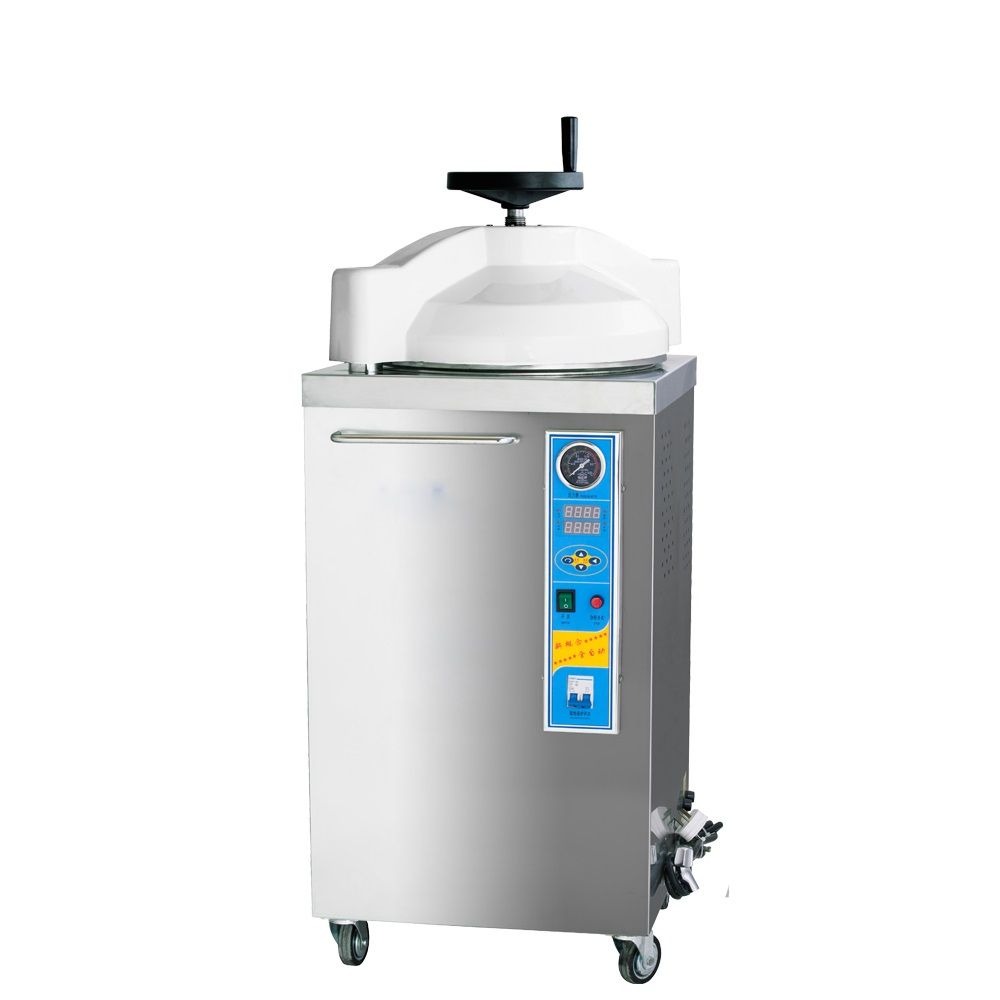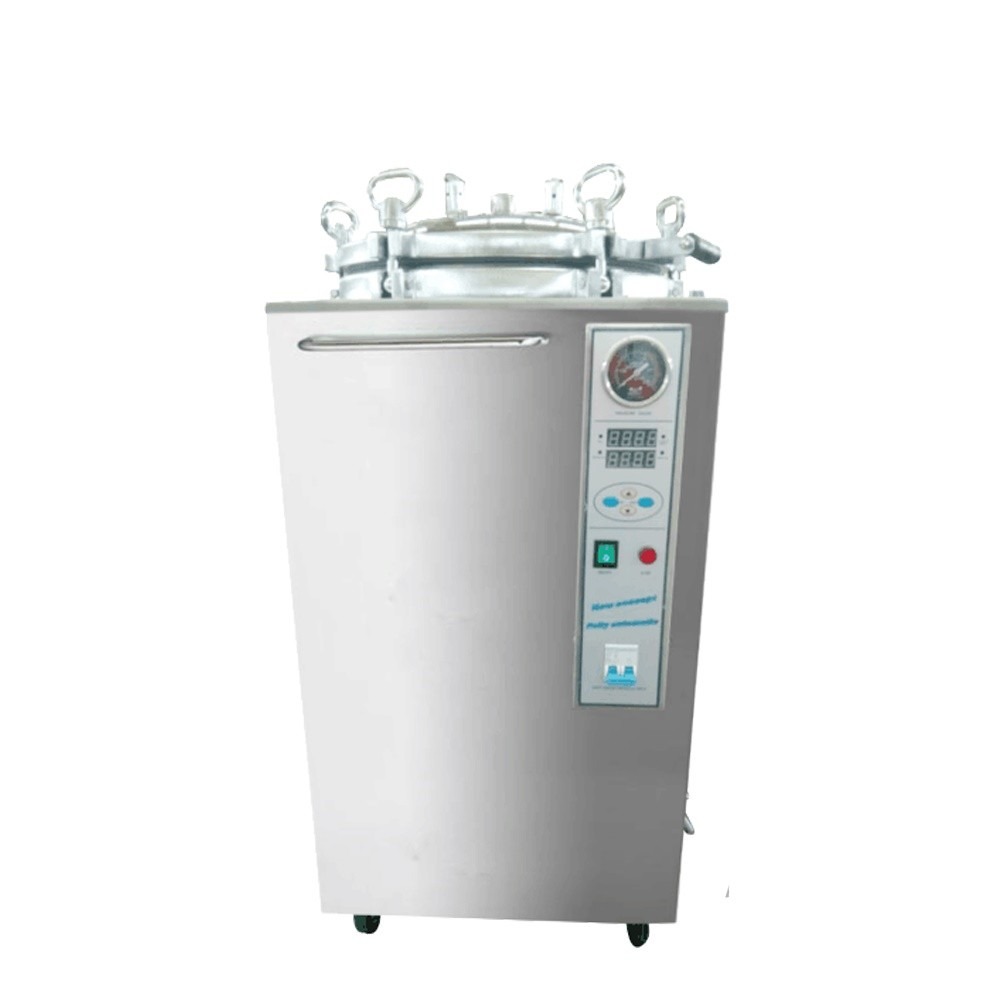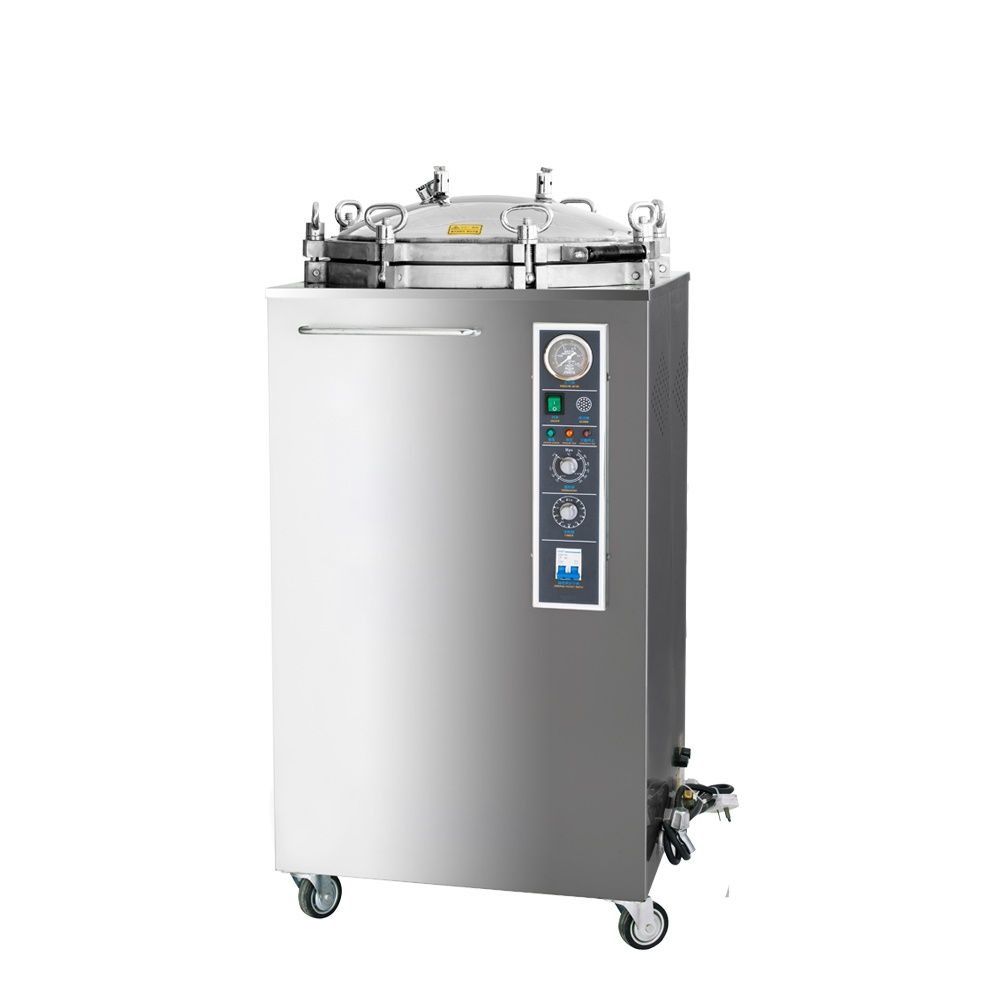It is critical to ensure the reliability and accuracy of experimental results, and one key component in doing so is maintaining a sterile environment. The autoclaves, specialized equipment used to sterilize equipment and materials, is critical to this process. In this article, we will explore the use of autoclaves in laboratory settings, their significance, and their various applications.
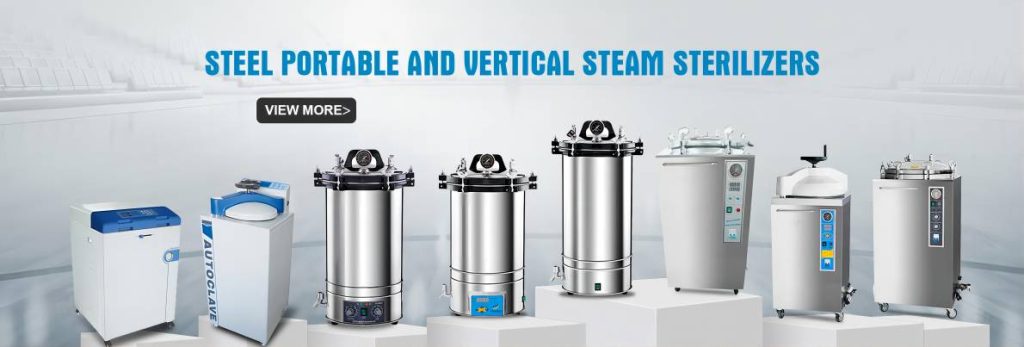
What are Autoclaves?
Autoclaves are sealed chambers or vessels that sterilize a variety of laboratory materials and equipment using pressurized steam. An autoclave’s primary function is to destroy microorganisms such as bacteria, fungi, and spores that may contaminate cultures, compromise experimental results, or pose health risks.
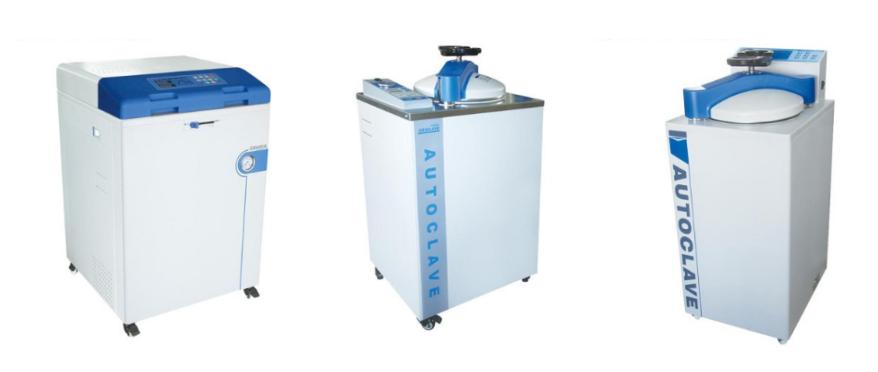
Principles of Operation
Autoclaves work on the premise that increasing the temperature and pressure of steam improves its sterilization capabilities significantly. The following stages are typical of an autoclave sterilization cycle:
- Heat-up Phase
The chamber is heated, and the internal temperature and pressure rise, usually to around 121-134°C and 15-30 psi.
- Sterilization Phase
High-temperature steam begins to kill microorganisms at this point by denaturing their proteins, disrupting cell membranes, and inactivating enzymes. This stage usually lasts between 15-20 minutes.
- Exhaust Phase
Following sterilization, the autoclave releases the pressure and allows the chamber to gradually cool.
- Drying Phase
After sterilization, the autoclave dries the contents to prevent moisture-related problems like corrosion or contamination.
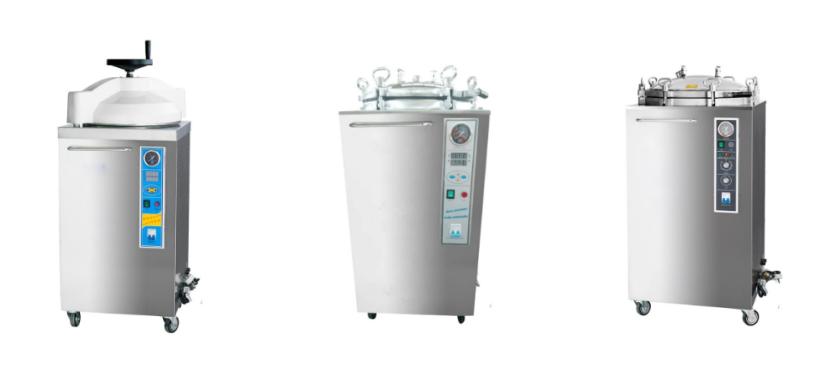
What are the Key Applications of Autoclaves in Laboratory Settings?
Sterilization of Laboratory Glassware
To sterilize laboratory glassware such as beakers, flasks, test tubes, and pipettes, autoclaves are commonly used. To avoid contamination and ensure accurate and reliable experimental results, sterile glassware is required.
Decontamination of Laboratory Instruments
Autoclaves are used to sterilize laboratory equipment like microscopes, centrifuges, and spectrophotometers. This is especially important in microbiology and molecular biology labs, where even minor contamination can cause experiments to fail.
Media Preparation
Sterile culture media are required in microbiology and cell culture labs to support the growth of microorganisms and cells. To make sterile nutrient broths, agar plates, and other culture media, autoclaves are used.
Decontamination of Biological Safety Cabinets (BSCs)
Working with pathogenic microorganisms necessitates the use of biological safety cabinets (BSCs). To ensure a safe working environment, autoclaves are used to sterilize the interior of BSCs and the materials placed inside.
Waste Decontamination
Biohazardous waste is generated in laboratories, including used cultures, contaminated materials, and disposable items. Autoclaves are employed to decontaminate and sterilize this waste before it is disposed of safely, minimizing the risk of exposure to harmful microorganisms.
Quality Control in Pharmaceuticals
In pharmaceutical laboratories, autoclaves play a crucial role in sterilizing containers, instruments, and materials used for quality control testing. Sterile conditions are necessary to ensure the safety and efficacy of pharmaceutical products.
Healthcare Laboratories
Autoclaves are extensively used in healthcare and medical laboratories to sterilize surgical instruments, laboratory glassware, and medical equipment. Maintaining sterility is vital to prevent infections and ensure patient safety.
Microbiological Research
Maintaining aseptic conditions is critical in microbiology research. Autoclaves are used to sterilize equipment, media, and materials in order to prevent culture contamination and maintain experiment integrity.
Food and Beverage Quality Control
Autoclaves are used in the food and beverage industry to sterilize equipment and materials for quality control and research. To avoid spoilage and contamination, aseptic conditions must be maintained.
Environmental Testing
Autoclaves are used in environmental testing labs to sterilize equipment and materials where the presence of microorganisms could skew the results of water, soil, or air quality assessments.
Veterinary Laboratories
In veterinary laboratories, autoclaves are used for sterilizing surgical instruments, laboratory glassware, and equipment used in diagnostic testing.
Plant Tissue Culture
In plant tissue culture labs, autoclaves are used to sterilize culture vessels, media, and plant material in order to prevent contamination and promote the growth of healthy plant tissues.
Preparation of Microbiological Reagents
Autoclaves are used to sterilize reagents, culture media, and growth substrates for microbiological assays and tests.
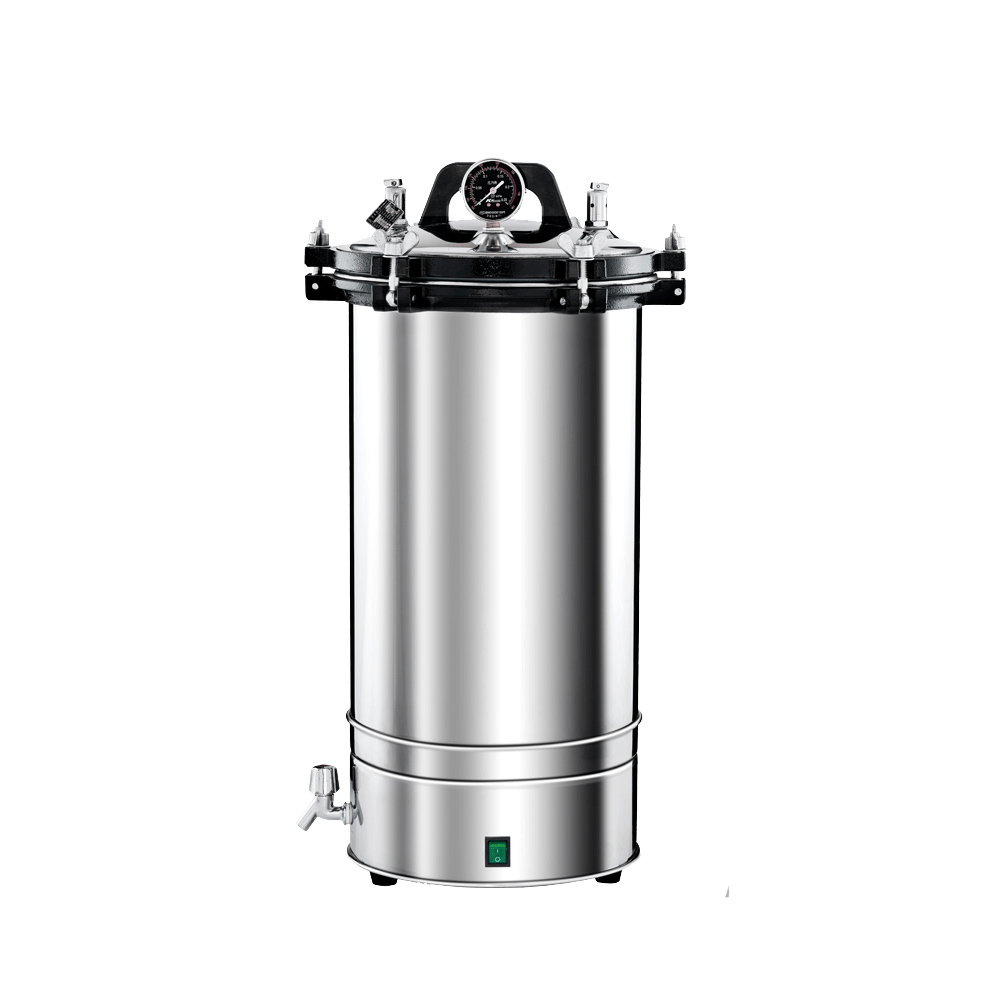
Advantages of Autoclaves in Laboratory Settings
- Reliable Sterilization
Autoclaves provide a high level of sterilization, eliminating a wide range of microorganisms, including spores.
- Efficiency
Autoclaves offer a quick and efficient sterilization process, with most cycles lasting under an hour.
- Versatility
Autoclaves can sterilize various materials, from glassware to instruments, and come in various sizes to accommodate different loads.
- Cost-Efficiency
Autoclaves reduce the need for disposable items, resulting in cost savings and less waste.
- Safety
To prevent accidents or exposure to high-temperature steam, autoclaves are outfitted with numerous safety features.
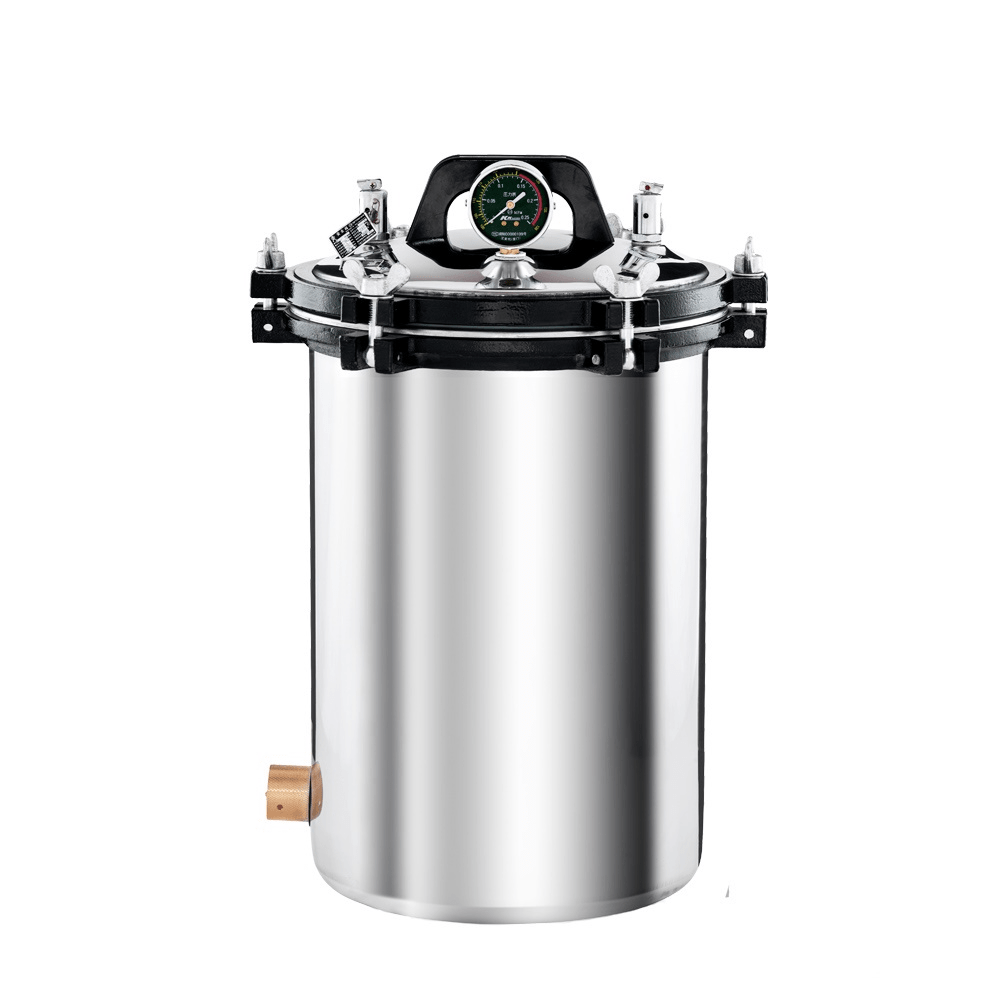
Conclusion
The use of autoclaves in laboratories is unavoidable. Their ability to provide dependable sterilization ensures that unwanted microorganisms do not compromise experiments, cultures, or research results. Autoclaves’ precision and safety significantly contribute to the integrity and accuracy of laboratory work, making them indispensable tools in the pursuit of scientific knowledge.

